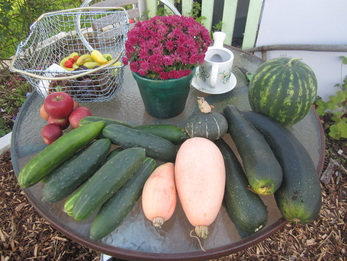
I picked more cucumbers from the vine in my greenhouse - which has now just about done it's thing for the season; I have left one large fruit hanging on it for seed collection later.
I also picked another Crimson Sweet watermelon from my melon bed - one more remains out there, not quite ripe yet, which I now have to provide with frost protection on cold nights.
The two pale squash in the middle are Pink Banana Jumbo squash - they didn't get very jumbo though. The plants have died off, so they're not going to get any bigger!
I picked a few apples from my triple-grafted apple tree, and a basket of Sweet Banana and Chocolate peppers.
| Spaghetti squash - lots of 'em! I have picked 28 ripe squash off 6 wee plants, and there are about another 10 out there still, that may or may not ripen up. To store these, and any other long-keeping squash or pumpkins, I wipe them over with a solution of 2 TBSP white vinegar in 2 litres of water, paying especial attention to the area around the base of the stalk, then lay them out on shelves out on my porch to dry and harden off, before putting them away in a shed on more shelves, ensuring they do not touch. |
| I picked most of the rest of one bed of onions. Look at the size of these beauties! This is my first year growing onions, and I'm very pleased with the results. I sowed a tray each of Red Amposta and Ailsa Craig (brown) onions back in August last year. In mid September, I planted out half of them in a fairly newly created bed, which had had compost, topsoil and woodchip mulch added to it. Those onions are still in the garden, and are only small-onion size. I didn't have room to plant out the rest then, so I spread out the remaining seedlings into bigger, deeper trays and plopped them on the floor of the greenhouse, where they were watered fairly regularly but otherwise ignored until I had room for them in an established garden bed which has had regular additions of compost and mulch for a couple of seasons. By the first of December, when I planted the rest out, their roots had grown down into the floor of the greenhouse. I wrenched them out, and then had to pull each seedling out of the tray before popping them in the garden bed. Those are these monsters. Was it the higher nutrition in the older bed? The rough handling? The later planting in what was not a nice spring? The mor consistent water as babies? I don't know, but whatever it was, it's worth repeating. :-) After harvesting, I tie the onions up by their necks to a string which I then hang somewhere airy for them to dry out. For longer storage after that, stacking crates (with holes all around) in a dry shed works well, but mine might not last long enough for that. Must plant more onions!! Fortunately, it's time to sow more seeds. |
| And a crate full of beetroot. In fact, I should have harvested these weeks ago, but I've just been too busy to do anything with them. Now I bagged and froze the best of the leaves to use as a green vege with dinner, and scrubbed and cooked up the roots. When I sliced them, I discarded any woody ones as chook food, and bottled the rest. I could have bottled them all, but the woodier ones make ok but not terrific bottled beetroot. Life is just too short for bad food, and besides, the chickens need to eat too, and love the beetroot, either cooked or raw. Full instructions on how to prepare and freeze beet greens or bottled beetroot can be found HERE. I did leave one really large beetroot in the garden, to go too seed. For seed saving purposes I should have multiple plants to ensure genetic diversity and strength, but this is more an observation exercise - how long it takes, how well the plant stands up to the winds when in full seed-bearing mode etc. I don't actually need more beetroot seed right now - if I do save some, I will mix them with all the other seed I have. | All these beetroot are Detroit Reds from $1 seed packets from the Warehouse, which have done very well for me over the last three years. I've sown a new bed of beetroot - Detroit Red, Cylindra, and Red & White Chioggas. Time for some variety. :-) |
| And finally, I picked all the neglected apple & lemon cucumbers which are past their sweetest, telegraph cucumbers which are also over ripe, and overripe melons plus a couple of poorly pollinate corn, and fed the lot to the chickens. They're eating rather well at the moment. I tossed them on the ground then used a spade to roughly cut then open - once the chooks see the seeds and exposed flesh they get very excited! |
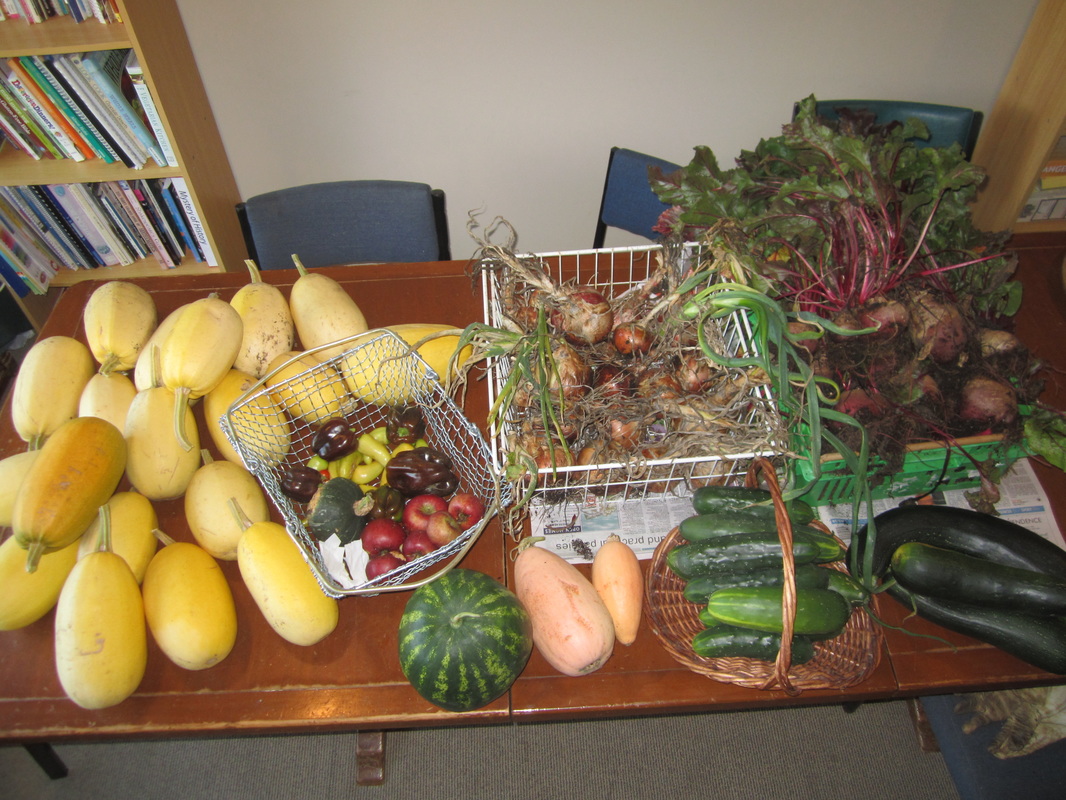
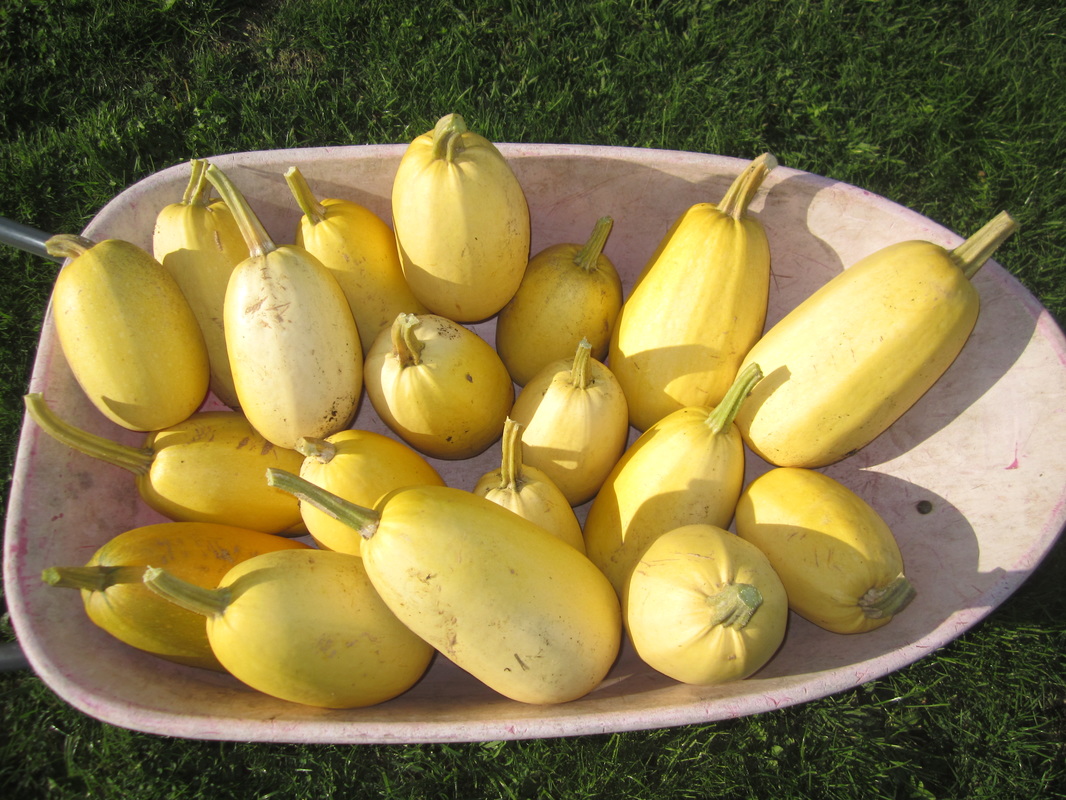
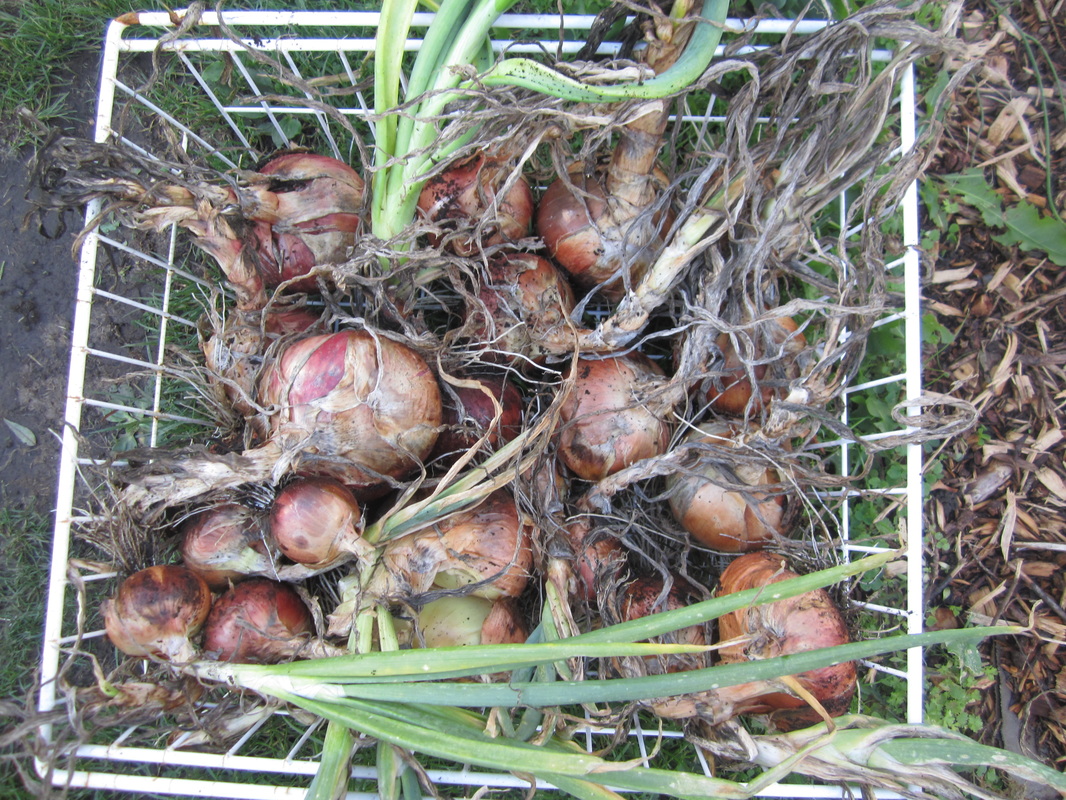
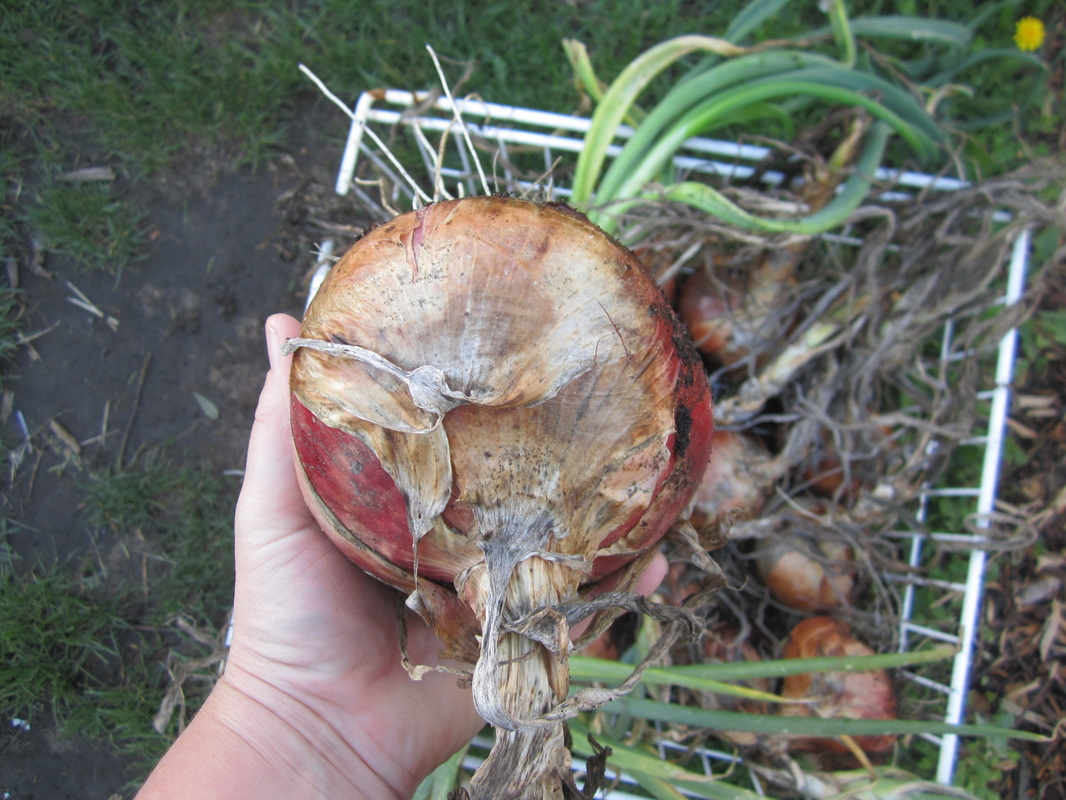
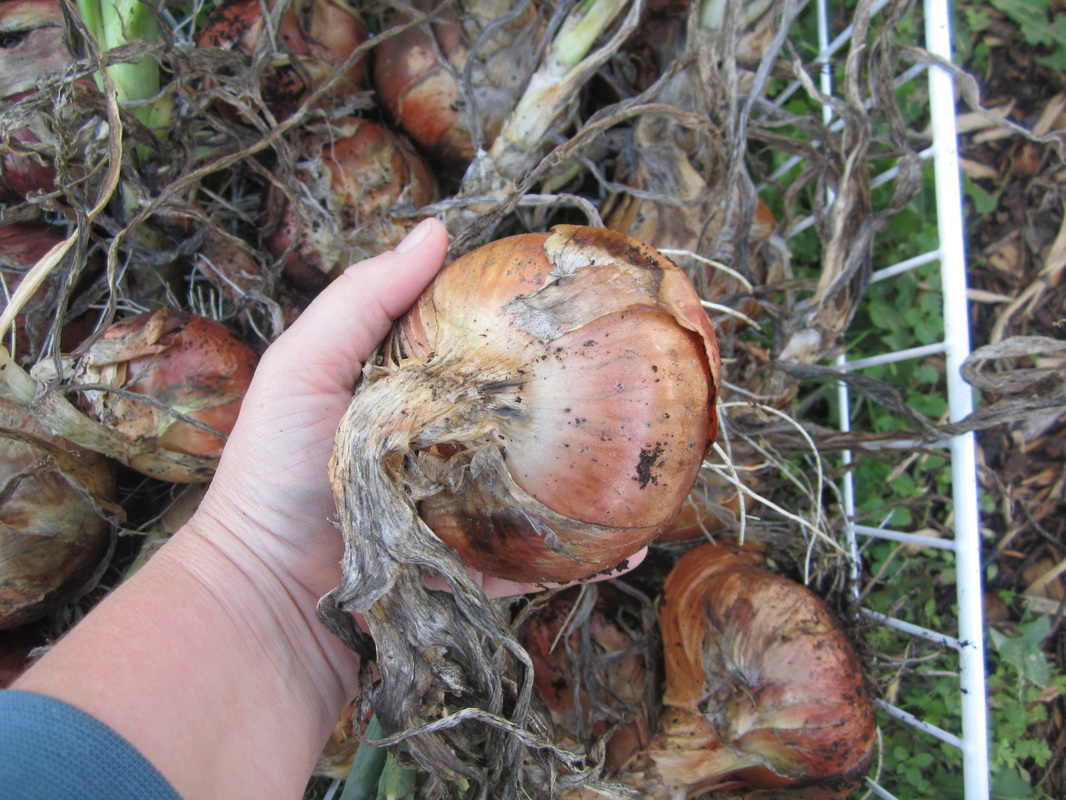
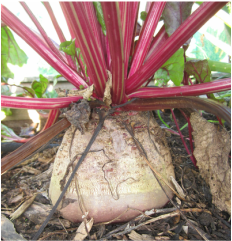
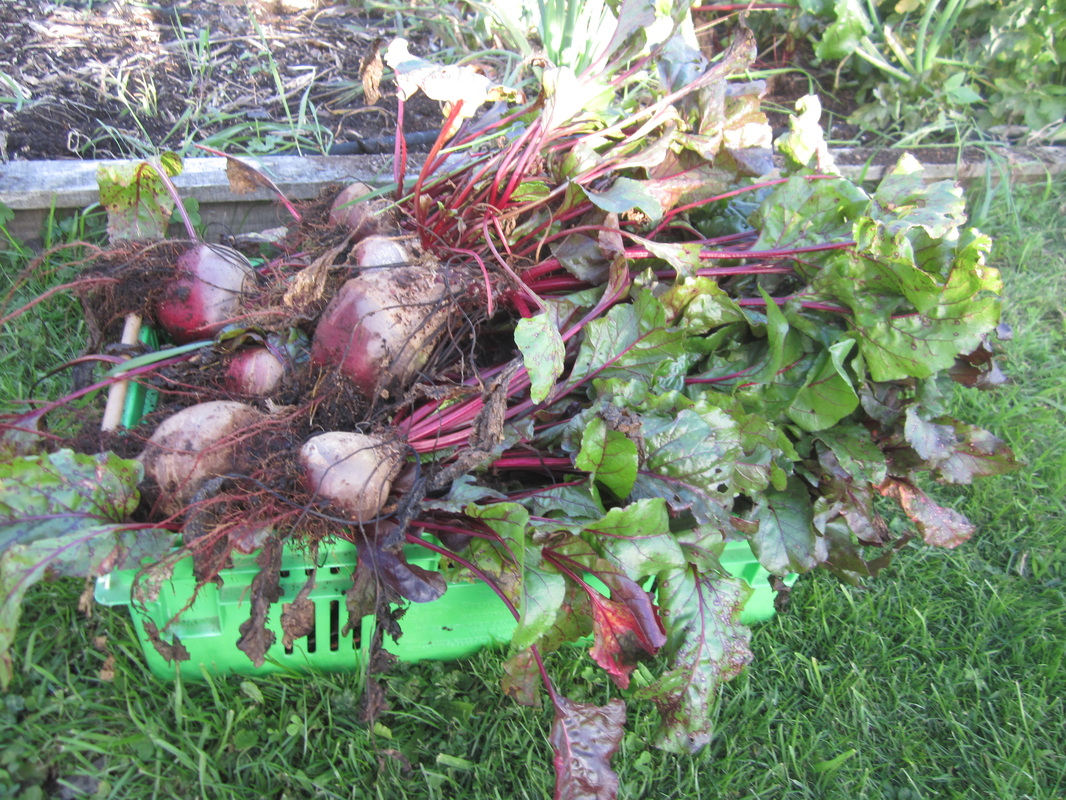
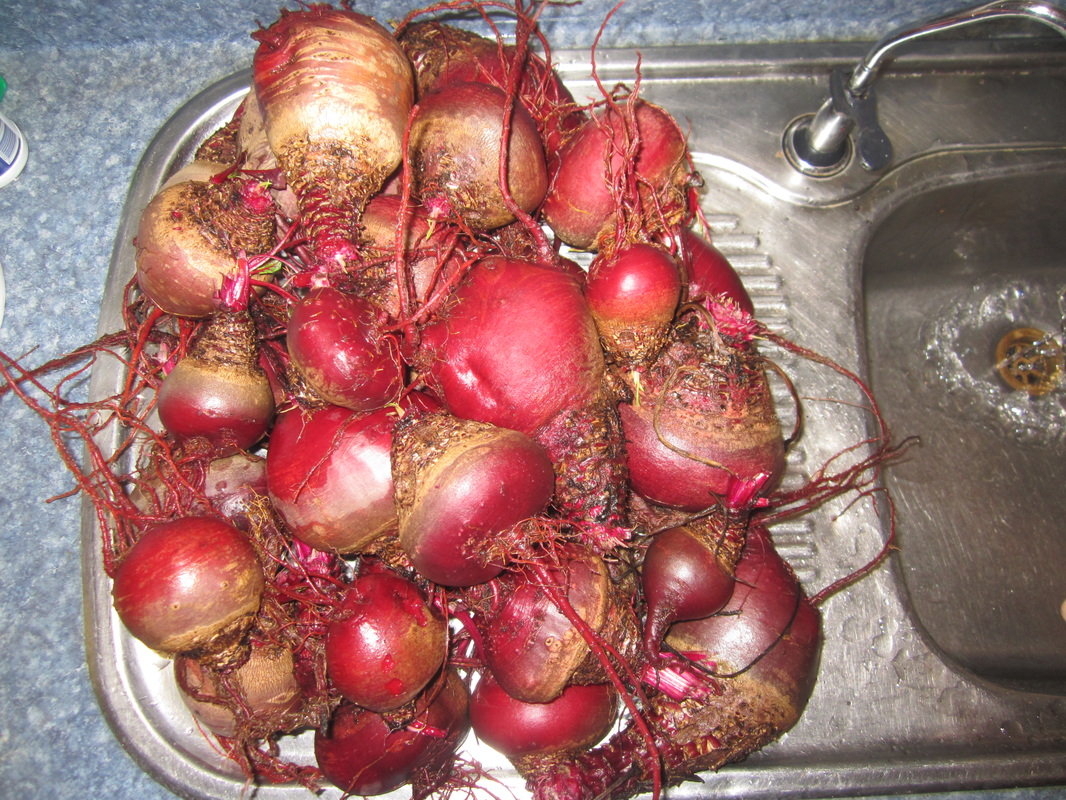
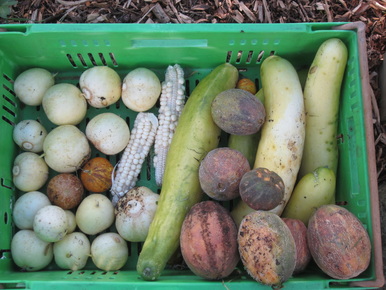
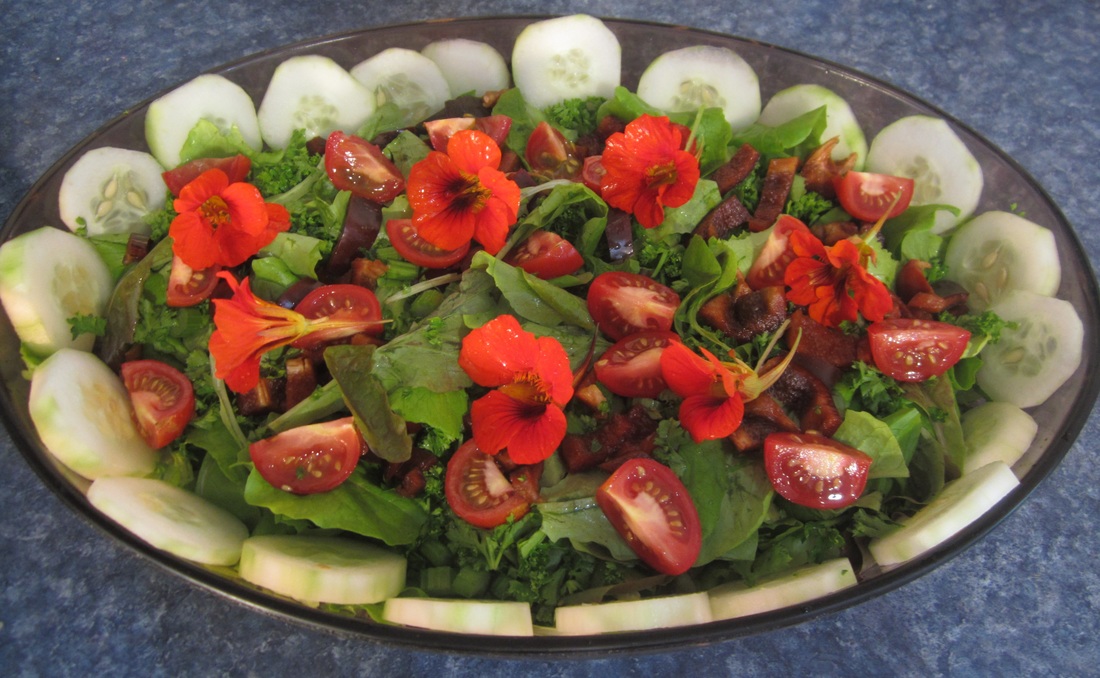
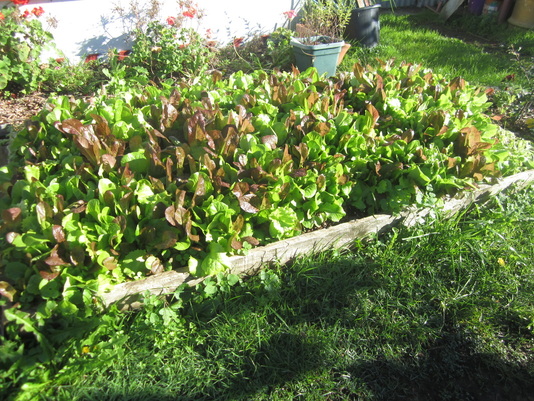
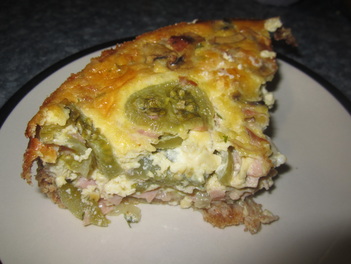
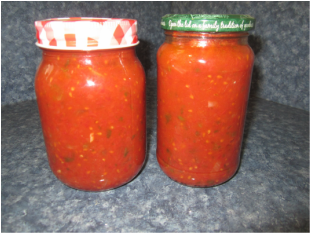
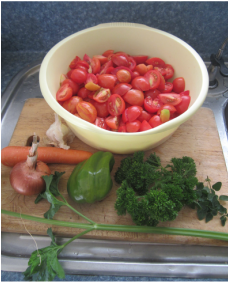
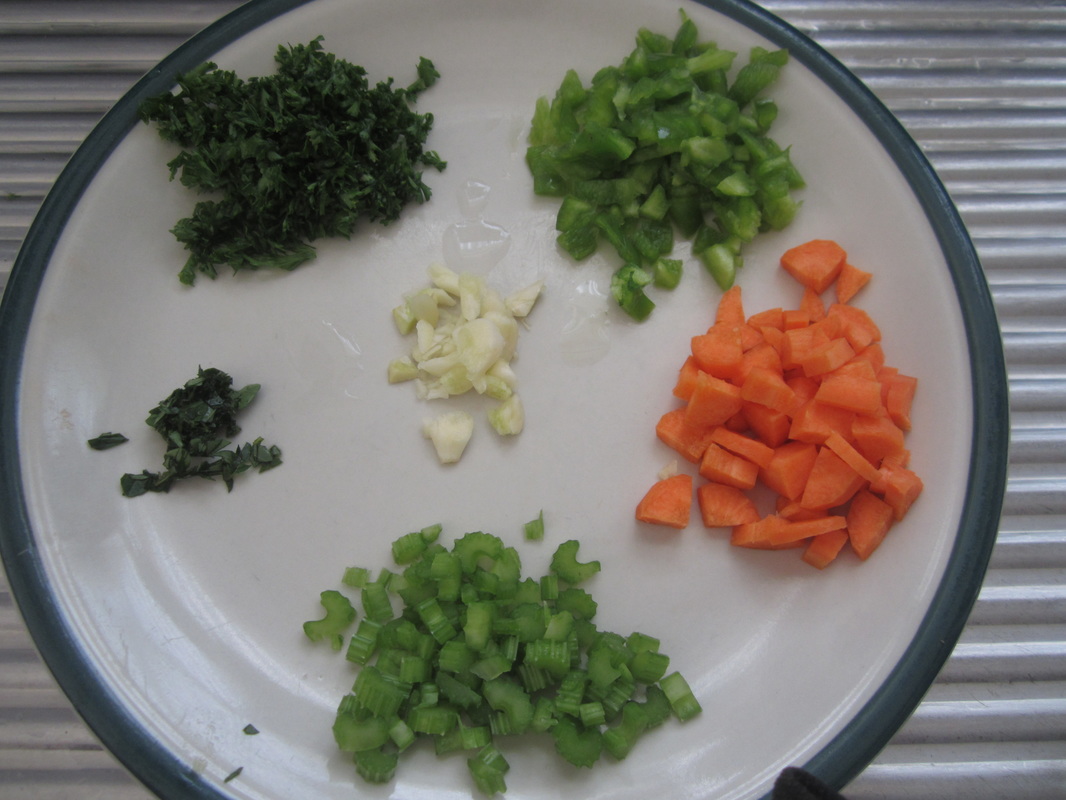
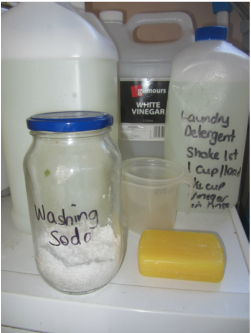

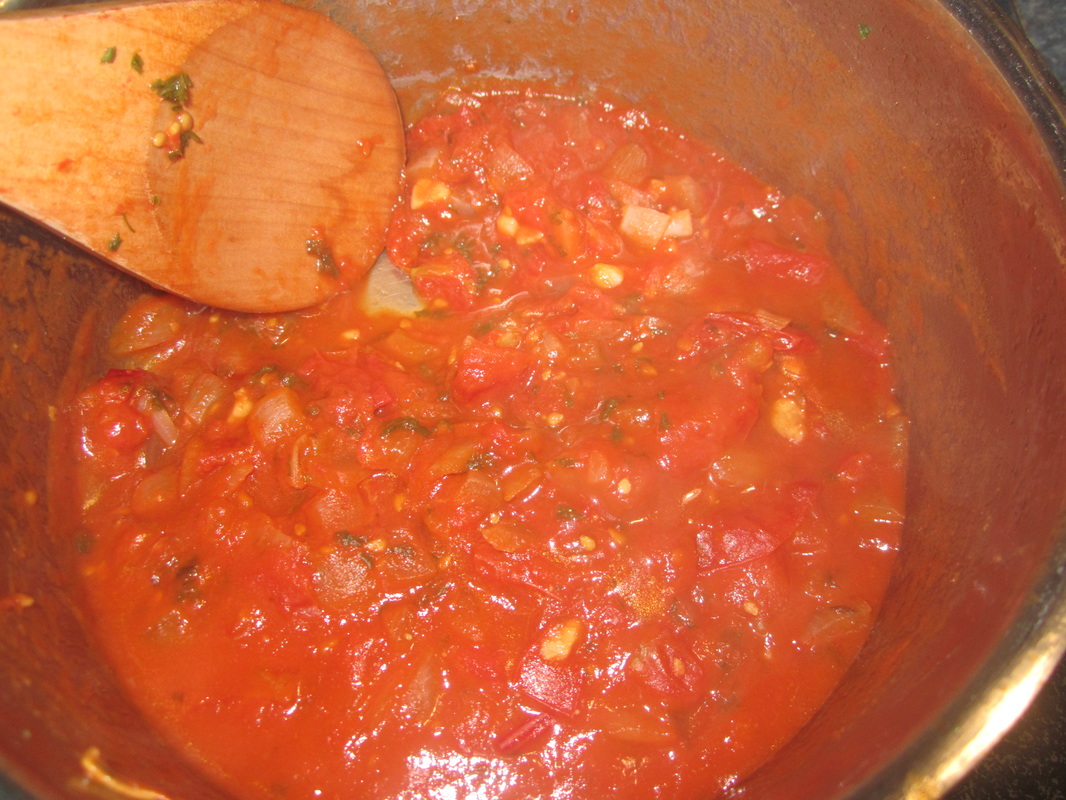
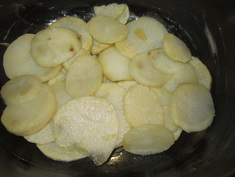
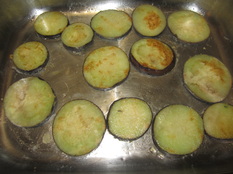
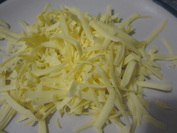
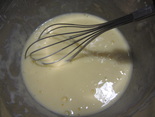
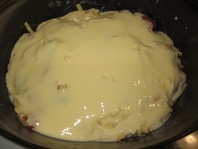
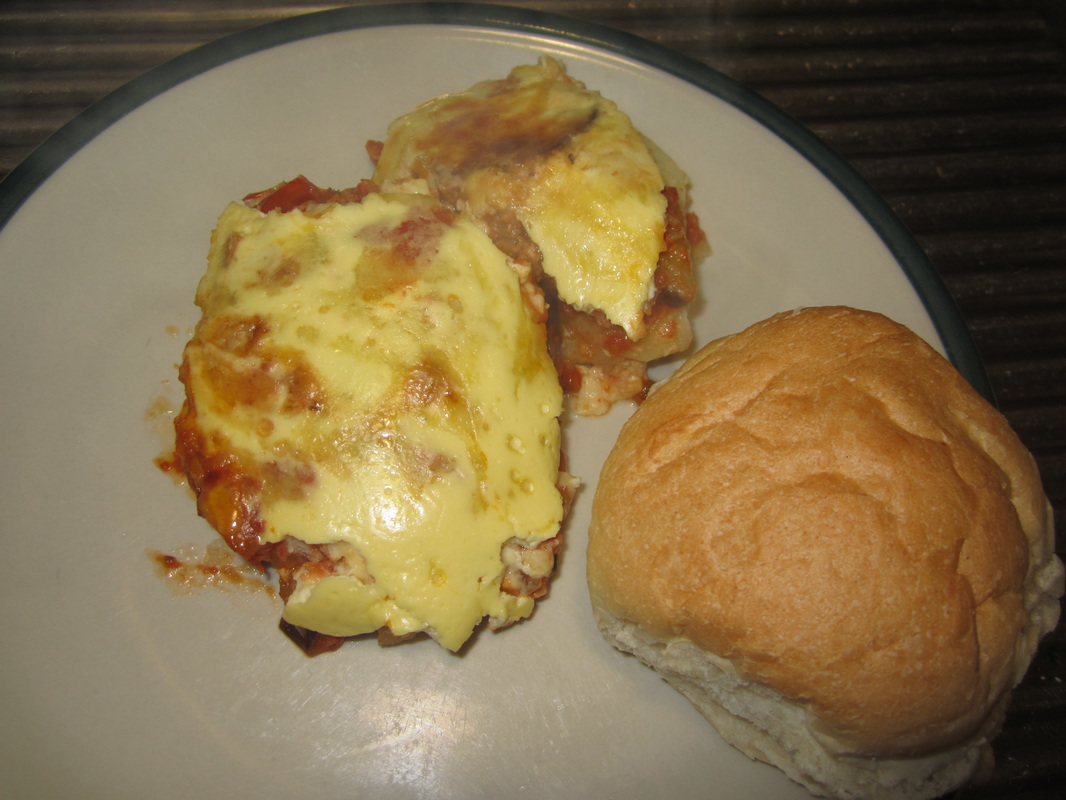
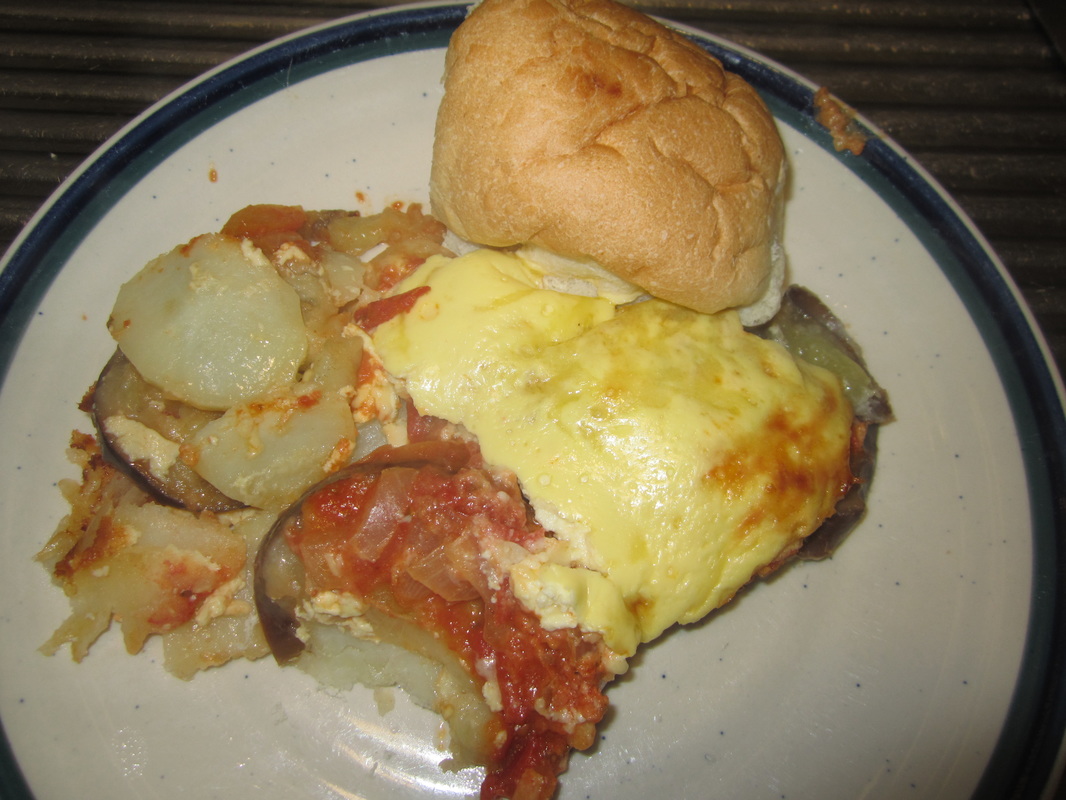

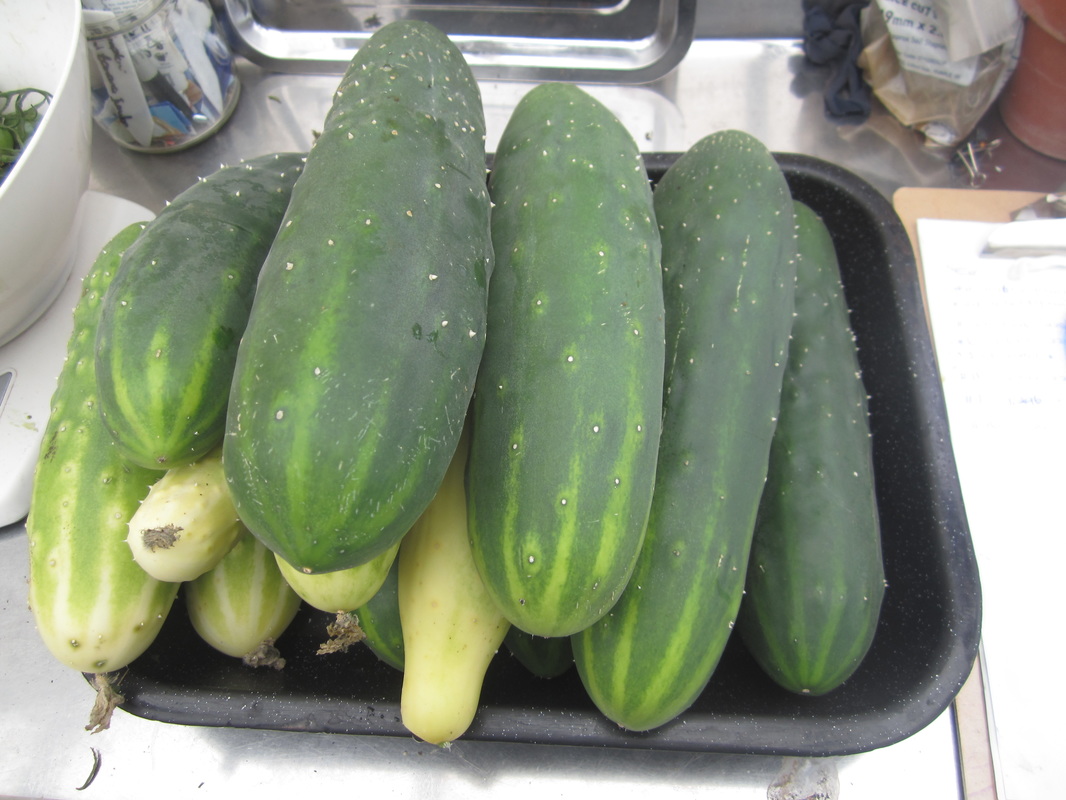
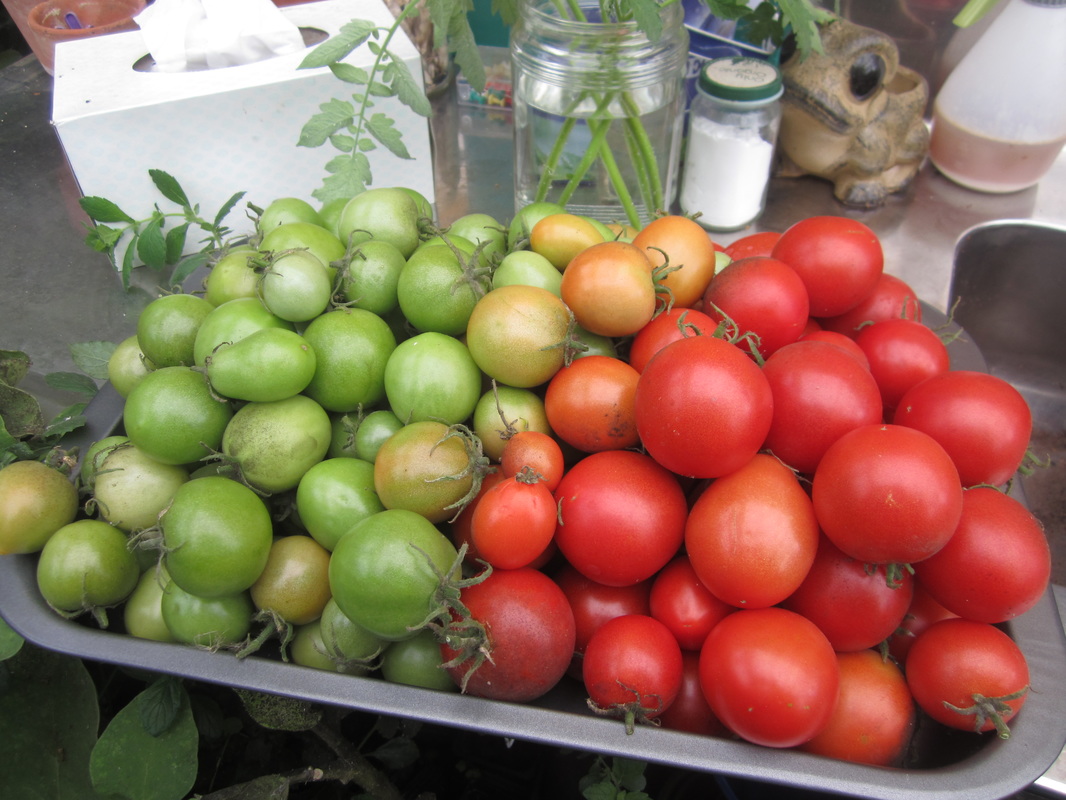

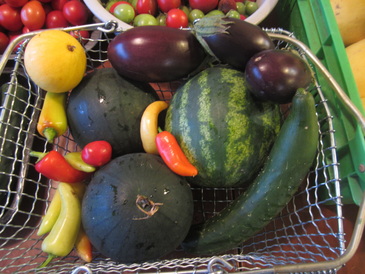
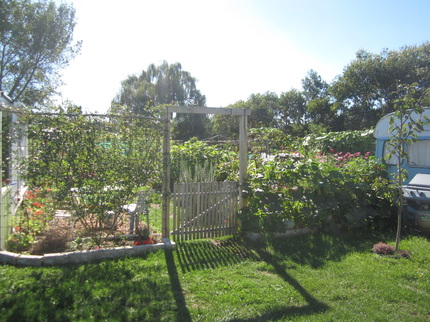
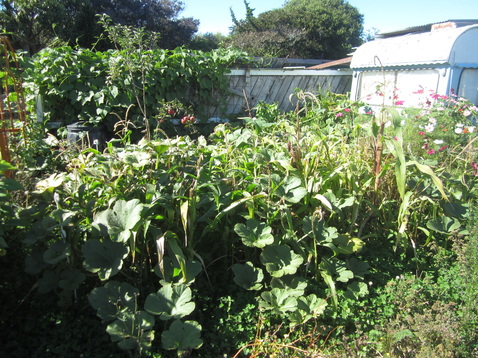
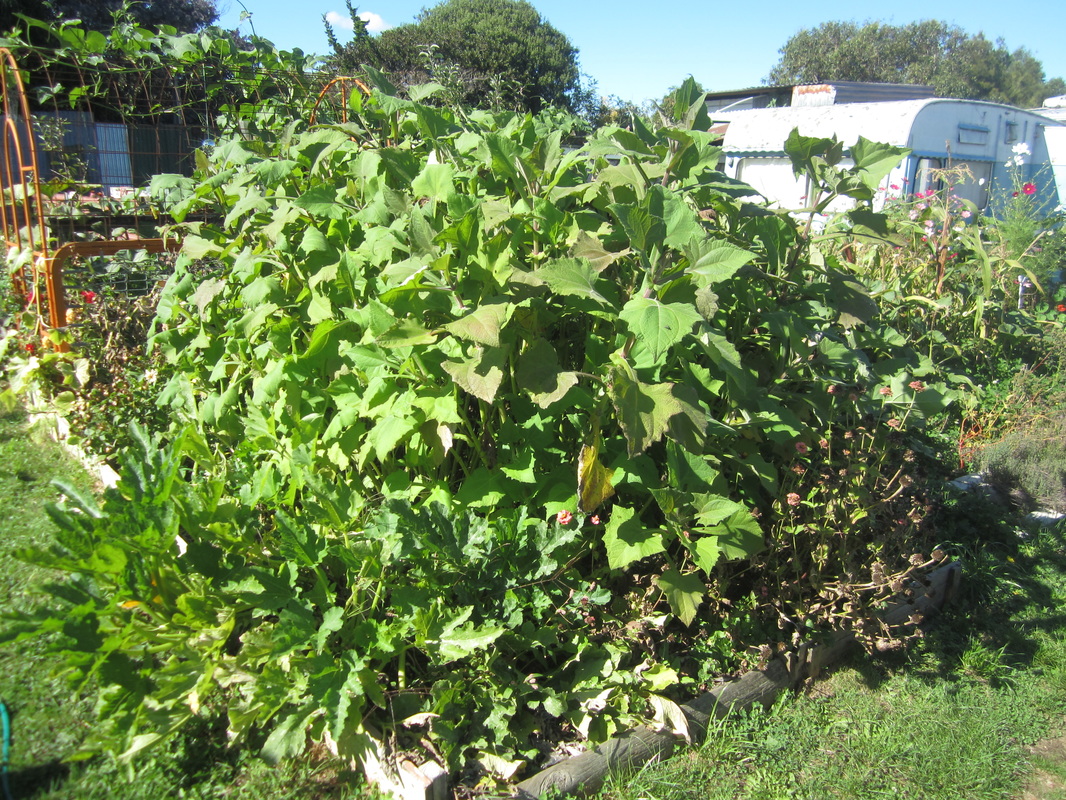
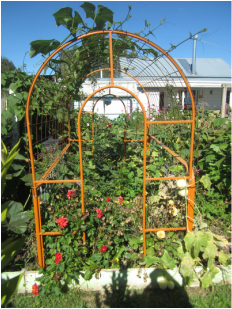
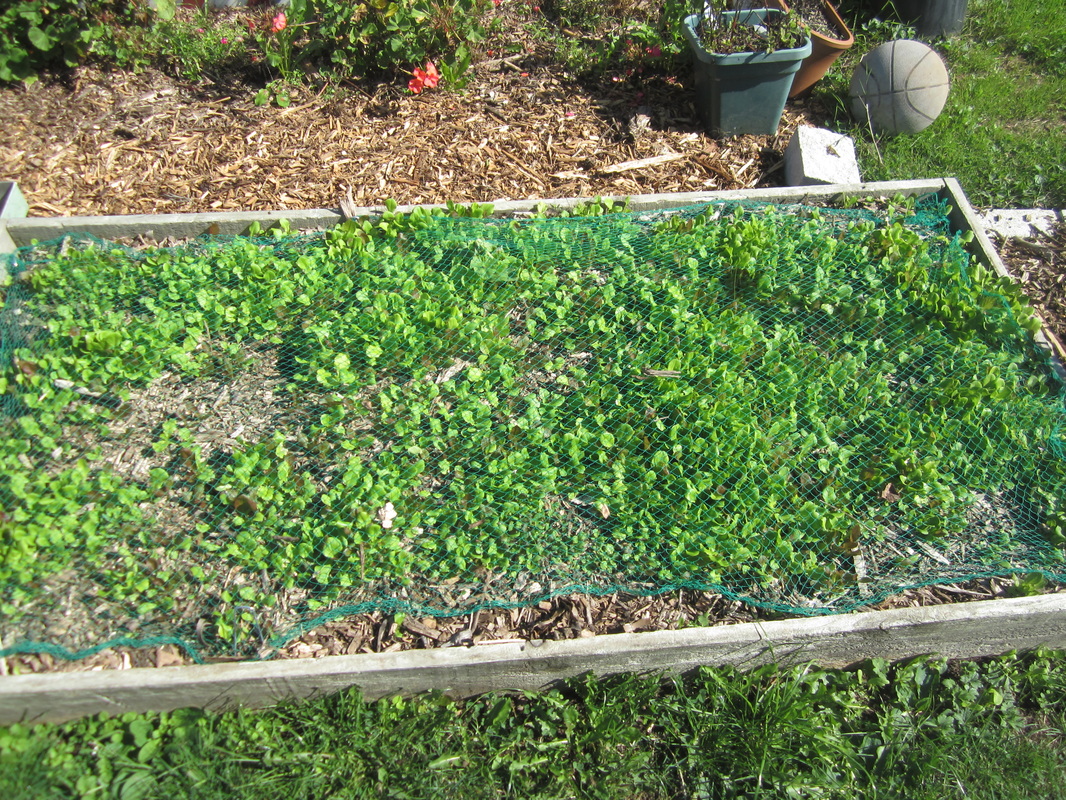
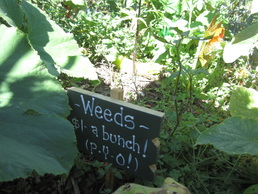
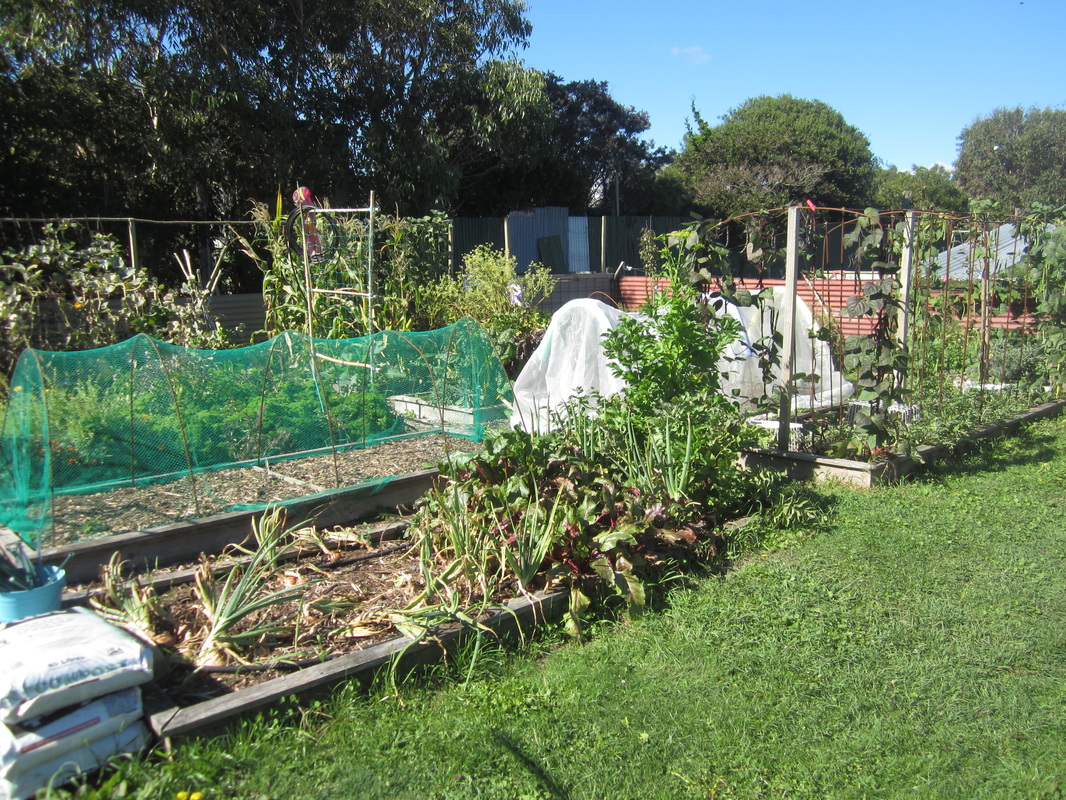
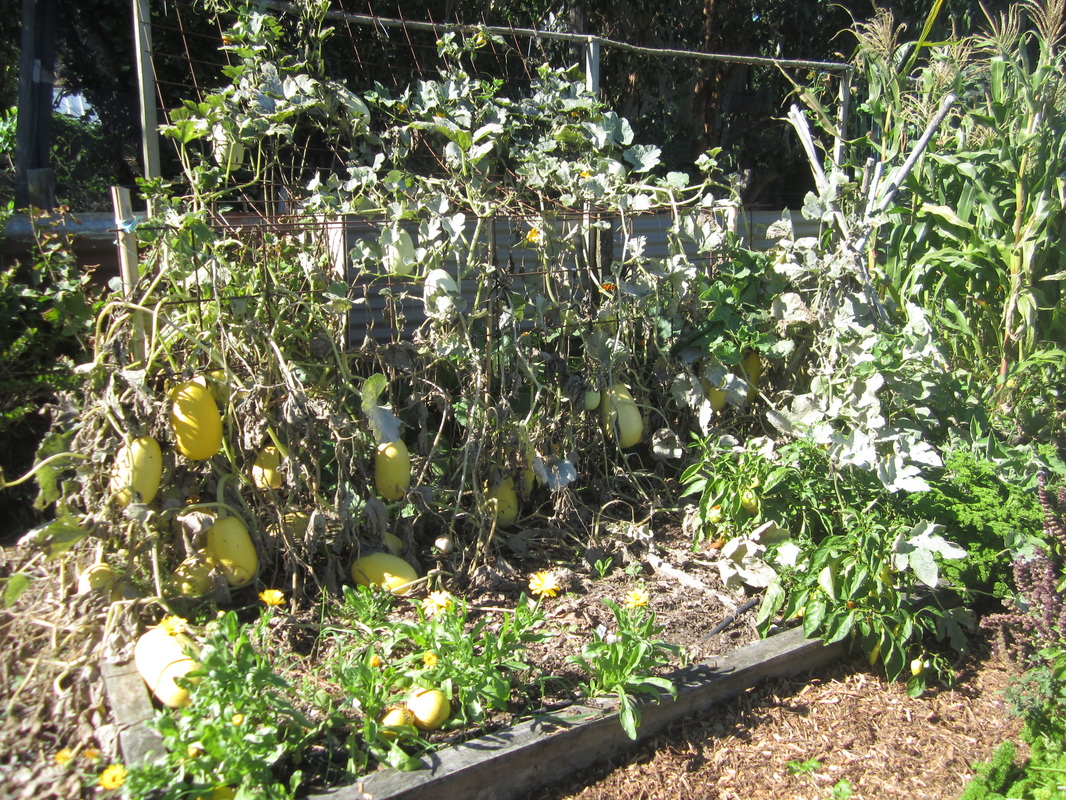
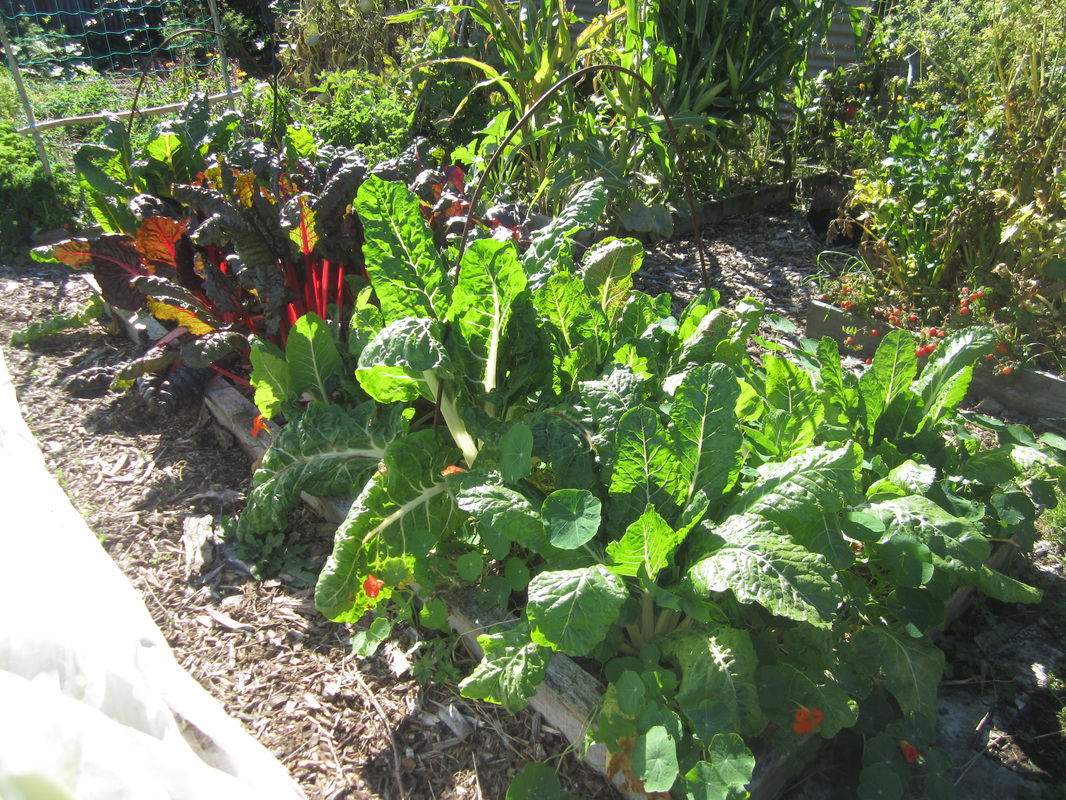
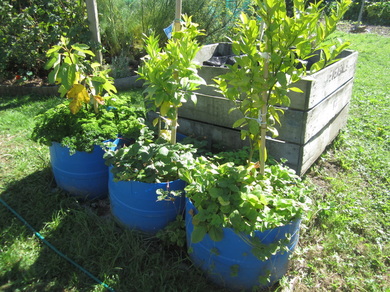
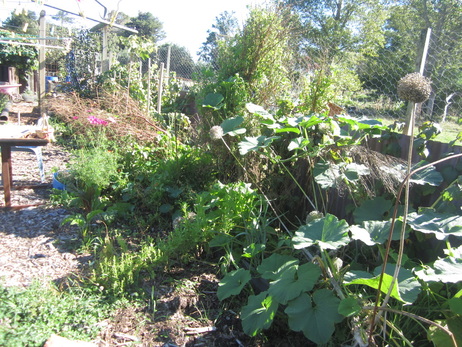
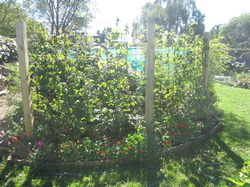
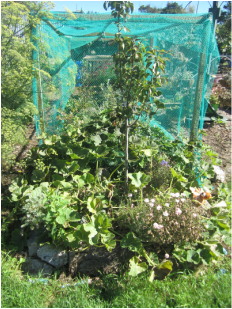
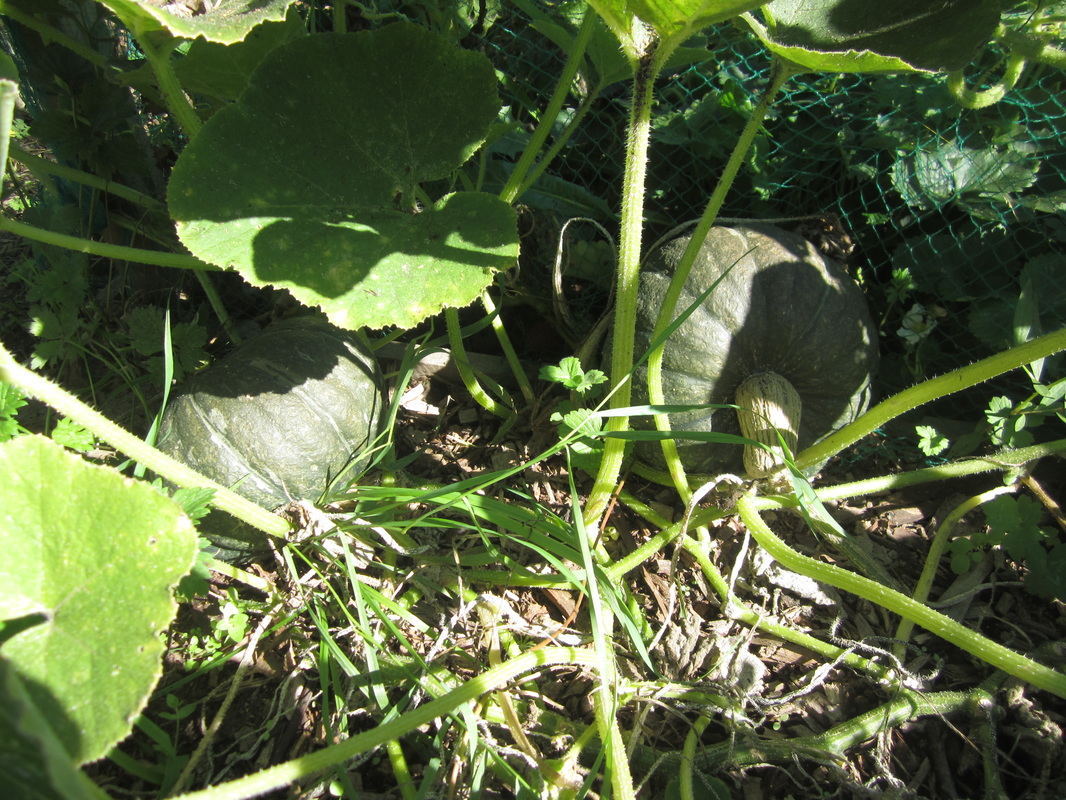
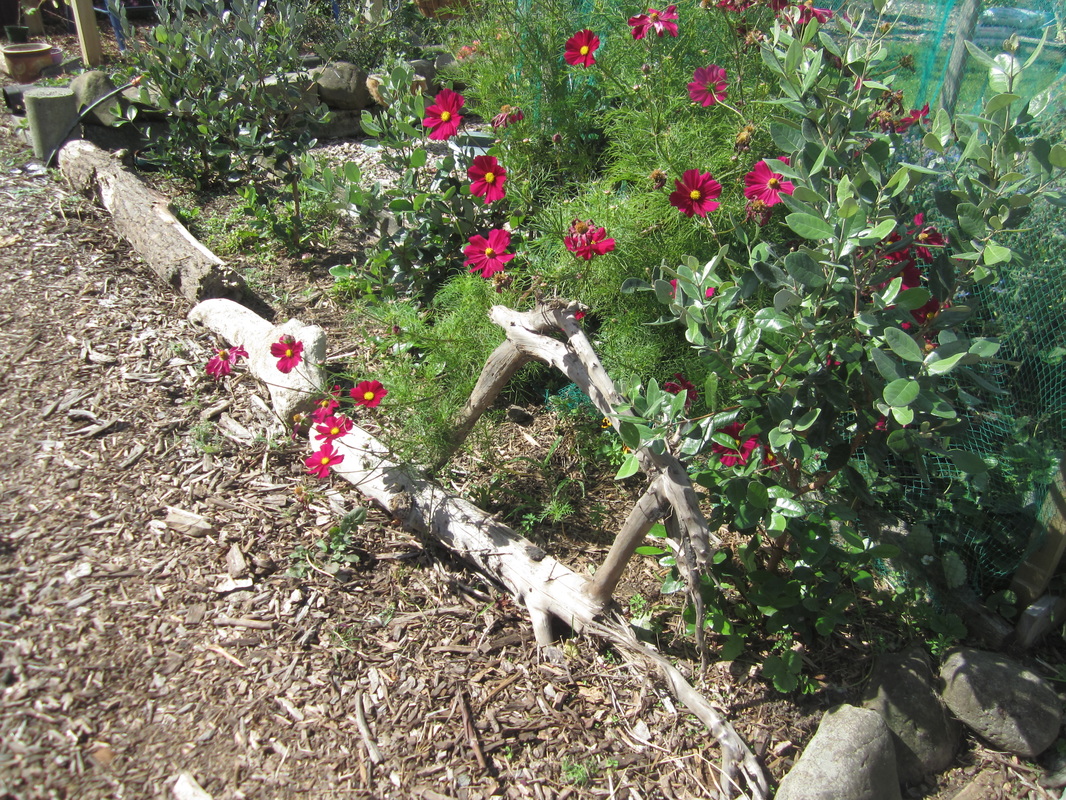
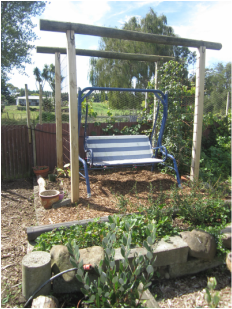
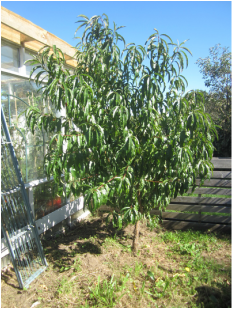
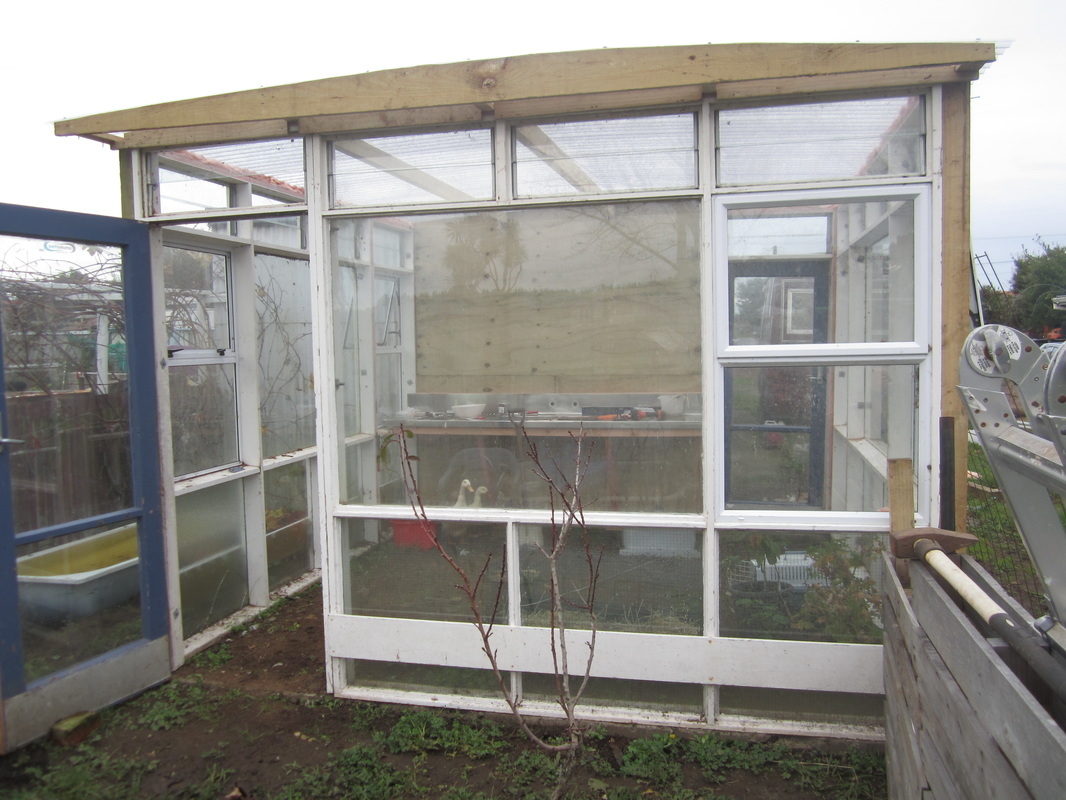
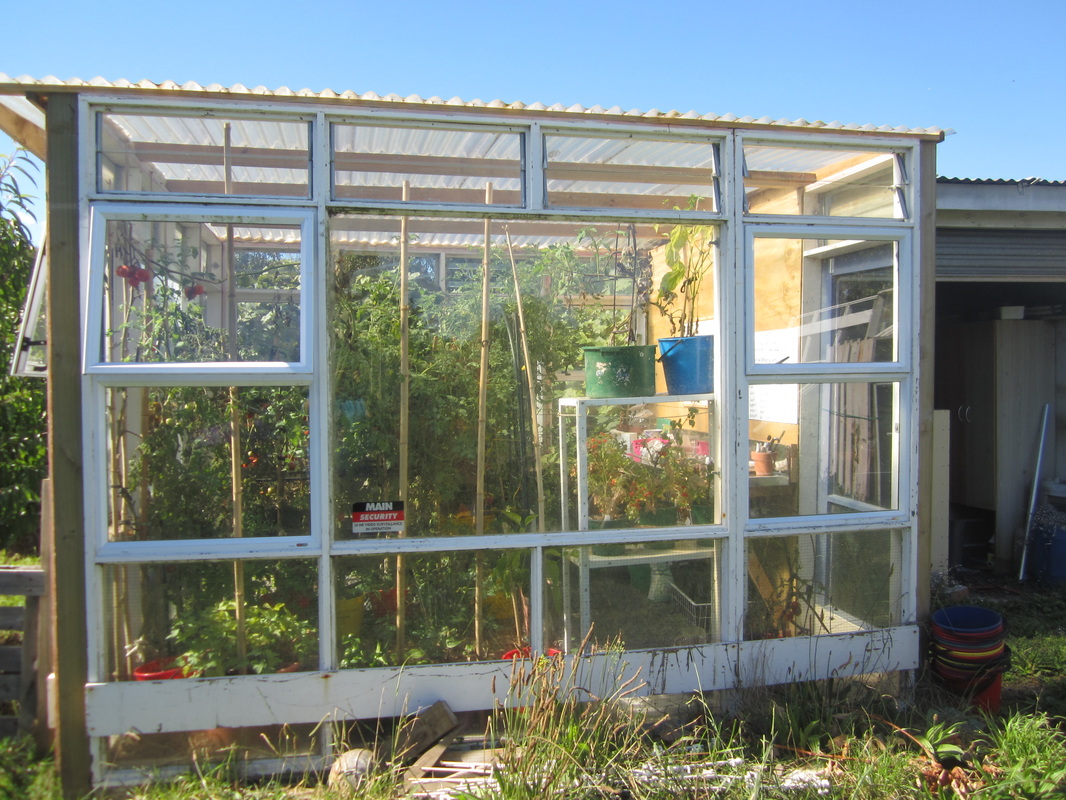
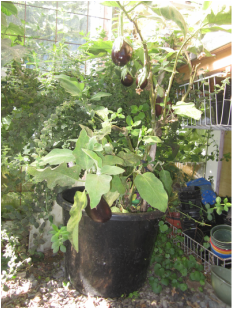
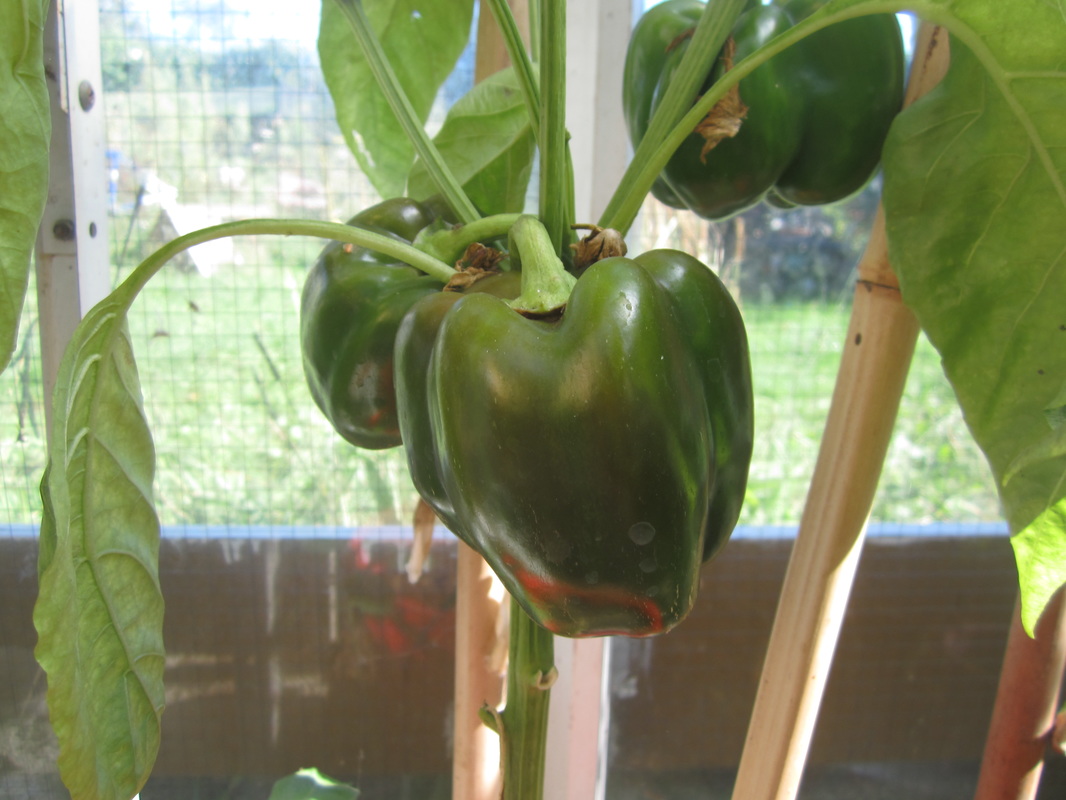
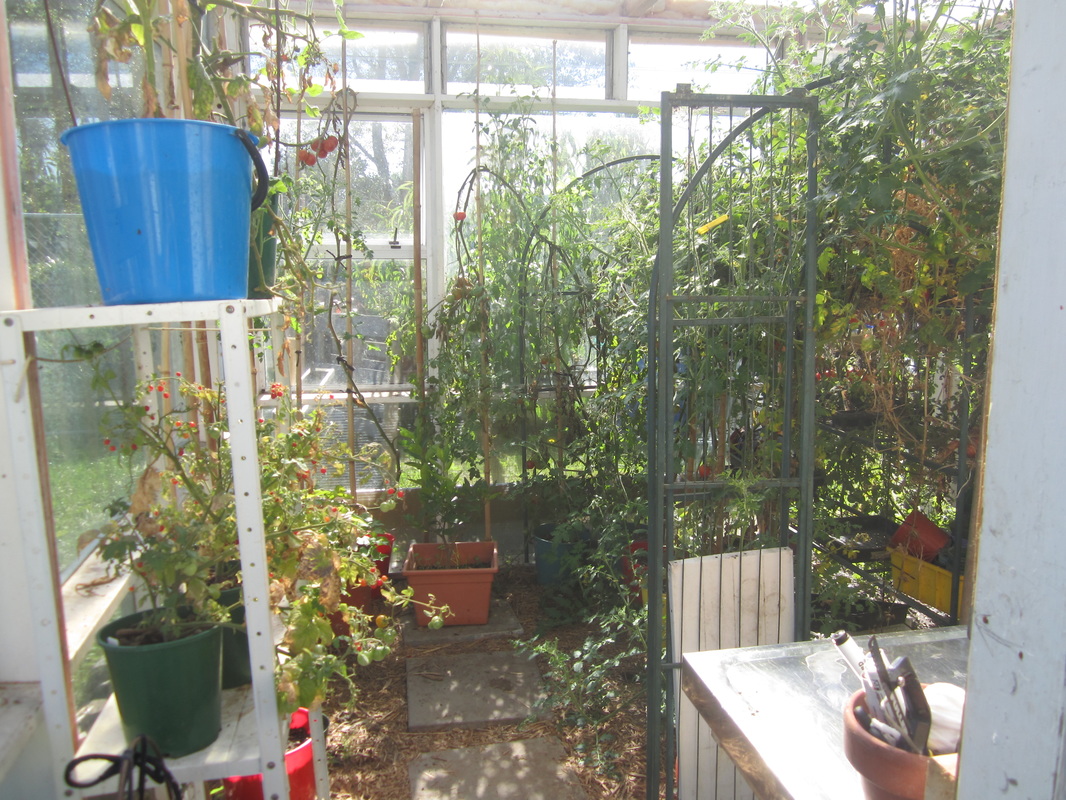
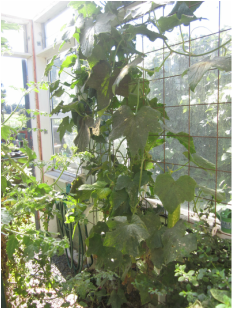
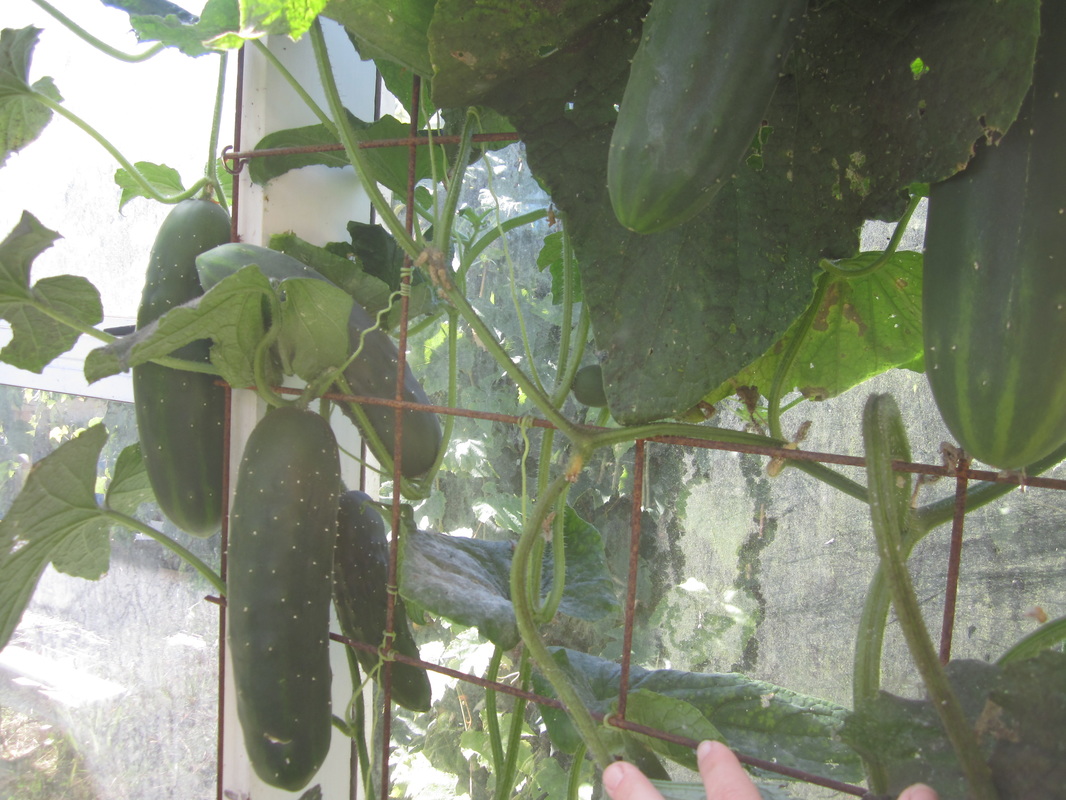
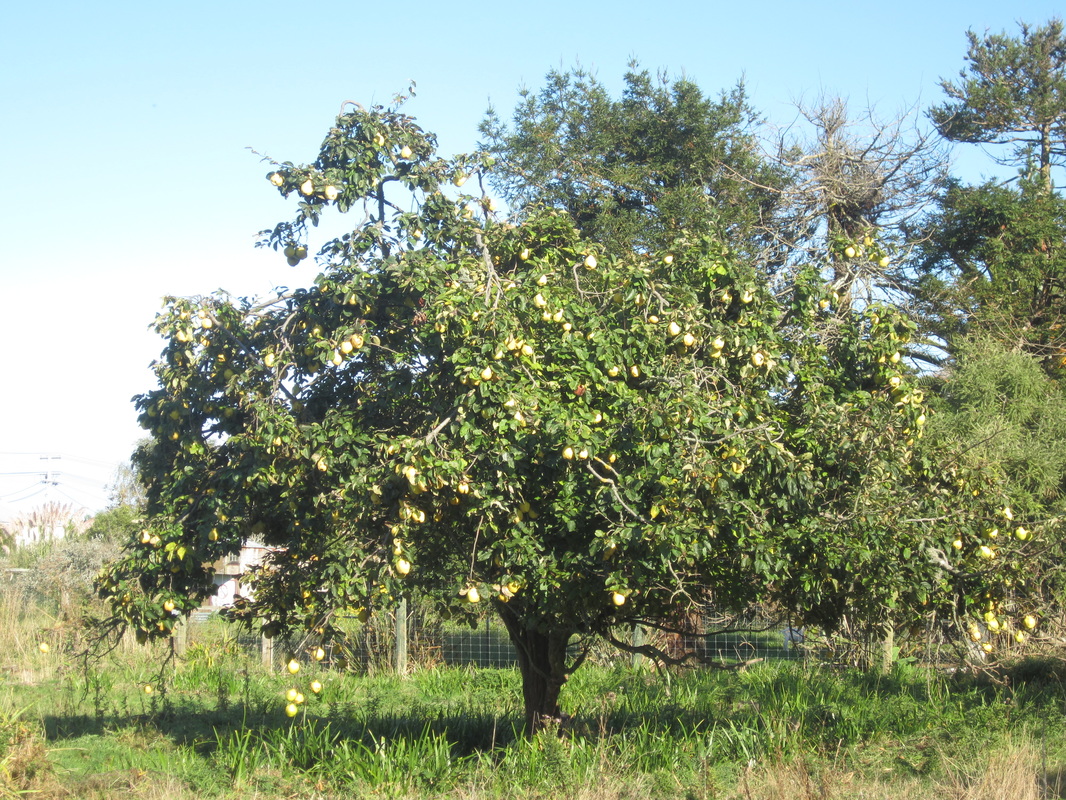

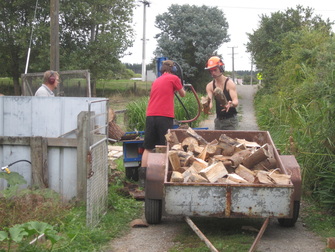
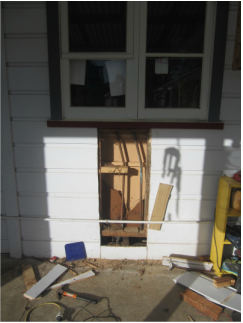
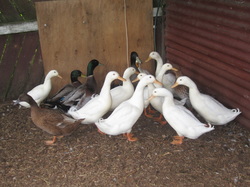
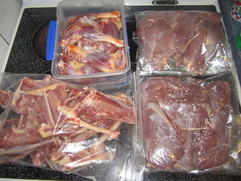
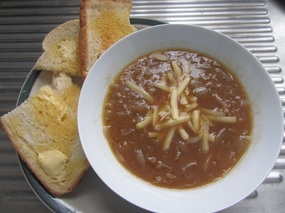
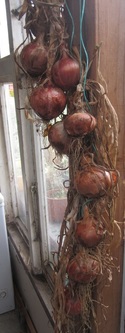
 RSS Feed
RSS Feed
